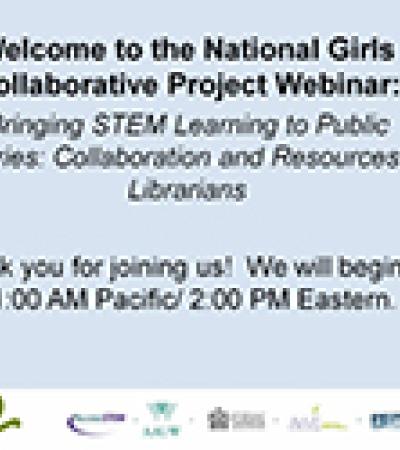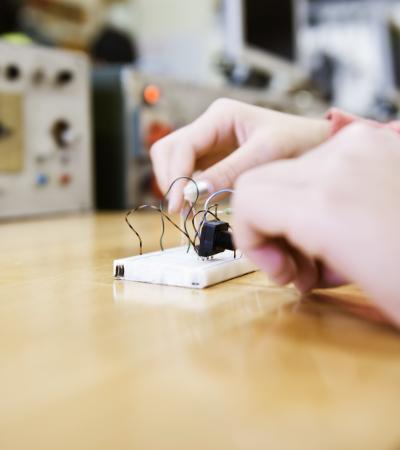
According to the Economics & Statistics Administration of the US Department of Commerce, women hold almost half of US jobs but fewer than 25 percent of science, technology, engineering and mathematics (STEM) positions. And it’s not because those jobs aren’t desirable: females in STEM make on average 33 percent more than those in non-STEM fields. “There is a general notion that those [STEM fields] are kind of boy things,” explains famous actress/neuroscientist Mayim Bialik in a PBS video, pointing out that this gender gap may be because historically women were not allowed into STEM fields. “Science is for everyone.”
There are many resources to help libraries develop great STEM programs for girls. Career Cornerstone, FabFems and PBS/ NOVA’s “The Secret Life of Scientists & Engineers” all provide encouragement and resources to young scientists interested in a career in the STEM disciplines.
Career Cornerstone gives visitors the opportunity to learn about a variety of STEM careers. Information includes employment opportunities, college preparation, day-to-day activities of people in specific careers, salary information, etc. Click on “Resources for Students” on the right to see a list of hands-on programs and activity ideas, or visit the “Diversity & Women” section for information about Girl Scout programs, summer programs, scholarships and more that can be provided as resources to young people interested in the STEM fields.
FabFems provides a national directory of women in the STEM fields that serve as a database of role models for young women. The website also has a compendium of online resources educators can browse to do anything from linking interested students to women with STEM careers (like NASA’s female scientists or undergrads in STEM degrees) to providing students with educational games. One game from PBS teaches students about natural buoyancy as they design a virtual machine to scavenge at the bottom of a fish tank.
It’s easy for kids to think scientists are boring, or that working in STEM means spending your whole life in a lab coat. Videos on The Secret Life of Scientists & Engineers blog show that being a scientist doesn’t mean you can’t be interested in other disciplines (such music, dance, rock climbing and acting). The website includes a teacher’s page that outlines how educators can use the video blogs of famous scientists like Bialik and Bill Nye the Science Guy to exemplify careers in science. Astronaut and dancer Mae Jemison, also featured on the blog, explains that both arts and science are “parts of creativity” and “provide a fuller communication, together, of what and who we are as people.” This message is reflected in all Secret Life’s materials, which encourage students to find the balance between STEM and the arts.



